Architecture - What to see
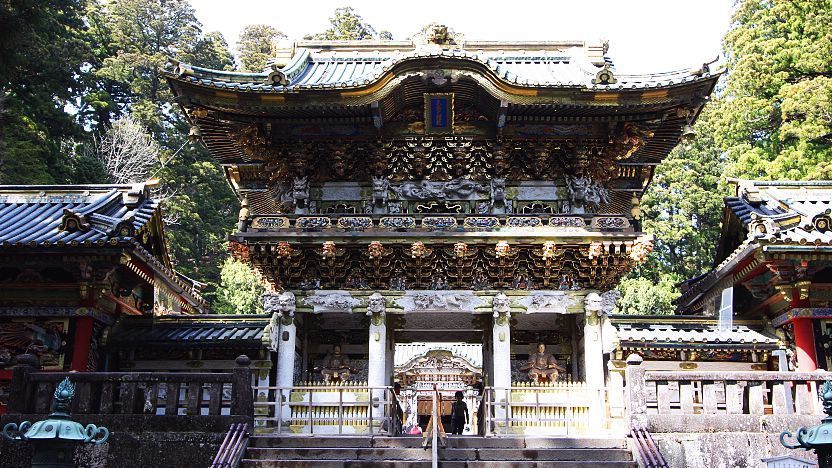
Architectural styles have evolved from pre-historic to modern times. Early native designs were exposed to strong influences from the Asian mainland, imported styles were subsequently adapted to suit local tastes, and recent history saw the introduction of Western architecture into Japan. The following is an introduction to the general architectural building types in Japan:
Early Japan
The Jomon Period lasted from around 13000 BC to 300 BC. The inhabitants of Japan at that time were mainly gatherers, fishers and hunters. Dwellings were built directly over an earth floor with a wood foundation and a thatched straw roof. Inside the house, the floor may have been hollowed in, which is why Jomon Period houses are often called "pit dwellings". The Sannai Maruyama Archaeological Site in Aomori is one of the best places to see an entire village of Jomon Period houses. Some local history museums also exhibit Jomon dwellings.
Following the Jomon Period, the Yayoi Period lasted from around 300 BC to 300 AD. The period is characterized by the start of widespread rice farming, resulting in the appearance of permanent settlements with bigger populations. Communities became organized in villages as a whole, with areas demarcated for granaries, storehouses and living quarters. Houses, especially the granaries, were built on stilts to keep away mice. Structures such as village fences and watch towers appeared. The Yoshinogari Historical Park in Saga Prefecture is an excellent place to see a Yayoi Period settlement.
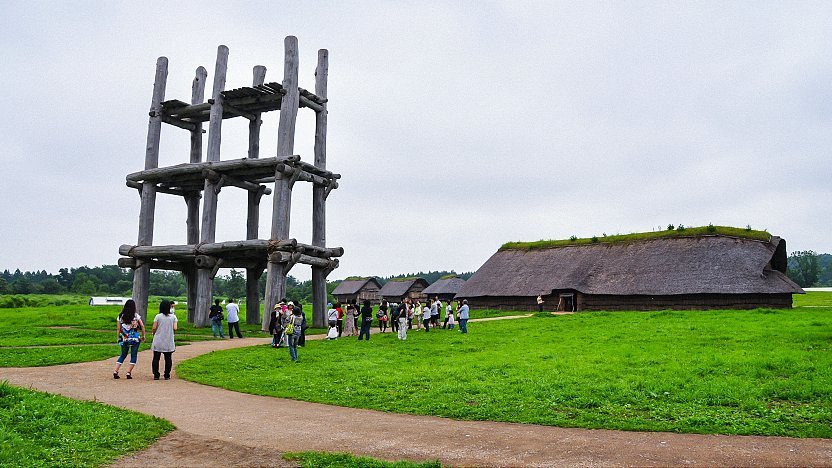
Shrines
In ancient times, Shinto ceremonies were held outdoors at temporarily demarcated sites without buildings. Later, temporary structures were used which eventually got replaced by permanent shrine buildings housing the deity. Early shrine buildings predate the introduction of Buddhism and reflect native Japanese architecture styles.
Among the earliest shrine architecture styles are the Shinmei style as represented by the Ise Shrines whose halls resemble ancient storehouses, and the Taisha style as represented by the Izumo Shrine whose buildings resemble ancient residences. Furthermore, there is the Sumiyoshi style as represented by the Sumiyoshi Shrine in Osaka which is also considered to be close to a natively Japanese shrine architecture style.
The arrival of Buddhism in the 6th century brought along strong architectural influences from the mainland. Kasuga Shrine and Usa Shrine are among two early shrine construction prototypes which already show more distinct foreign elements. Towards the Edo Period, shrines became increasingly ornate as exemplified by the most spectacular of them all, Nikko Toshogu Shrine, which was built in the 17th century.
Over the centuries, many shrine buildings were lost to fire or other disasters. Thus, even though many shrines may have been founded more than a millennium ago, the oldest extant shrine buildings are about a thousand years old, while the majority of them are just a few centuries old. Furthermore, several major shrines used to follow a unique custom of periodic rebuilding for symbolic purification. Today, the Ise Shrines still follow this custom every twenty years, while some other major shrines undergo periodic renovations instead.
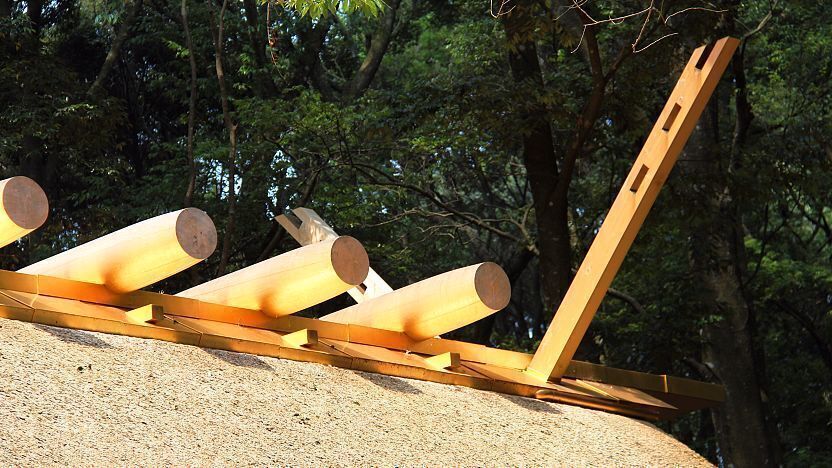
Temples
Temples came along with the import of Buddhism from China around the 6th century. At first, temples resembled those in China closely in features, such as having wide courtyards and symmetrical layouts. Some of the oldest surviving temple buildings exhibiting these features can be found in Nara, in particular at Horyuji (the world's oldest wooden structure), Todaiji (the world's largest wooden structure until recently), Yakushiji and Kofukuji. Asukadera, located about 25 kilometers south of Nara City, is considered the oldest Buddhist institution in Japan.
As time passed, temples were increasingly designed to suit local tastes. Newly introduced sects from the mainland contributed to new architecture styles. Temples began to exhibit less symmetrical features, and many started to incorporate gardens in their compounds. Temples were also founded in more remote places and in the mountains, which had more varied layouts owing to complex topographies. Like shrines, temples buildings were also lost over time, and the ones that exist across the country today are mostly a few centuries old.
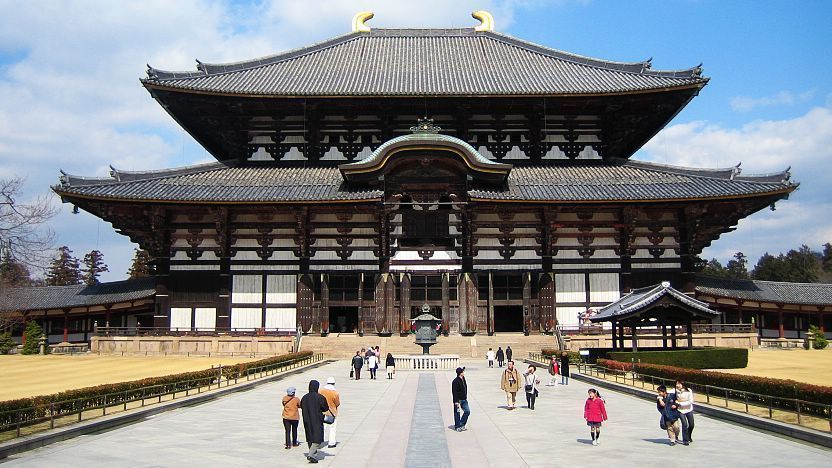
Palaces
Imperial palaces are the seat of the Emperor. In the past, a new palace was built (and the capital moved) every time a new emperor ascended to the throne. In 710, the first permanent capital was set up in Nara, and thus the first permanent palace, the Heijo Palace, was built. The palace's former site is open to tourists today and exhibits a few rebuilt structures.
The imperial capital was later moved to Kyoto where it remained for over a thousand years until 1868. Along with the Kyoto Imperial Palace, several imperial villas still exist, exhibiting a grand and dignified, yet not overly-ostentatious style. The Kyoto Palace, Sento Palace, Katsura Villa and Shugakuin Villa are open to the public today. Furthermore, some temples such as Kyoto's Ninnaji and Daikakuji utilize former palace buildings.
From the 14th to the 16th century, Japan went through a period of civil war. With the arrival of peace in the Edo Period, feudal lords started to build palaces for themselves too. These palaces were usually situated within the castles but separate from the main keep. They served as residences, offices and reception halls. Most castle palaces have been destroyed, leaving only a handful of original ones, most notably the Ninomaru Palace at Nijo Castle and some recent reconstructions at the castles of Nagoya, Kumamoto and Hikone.
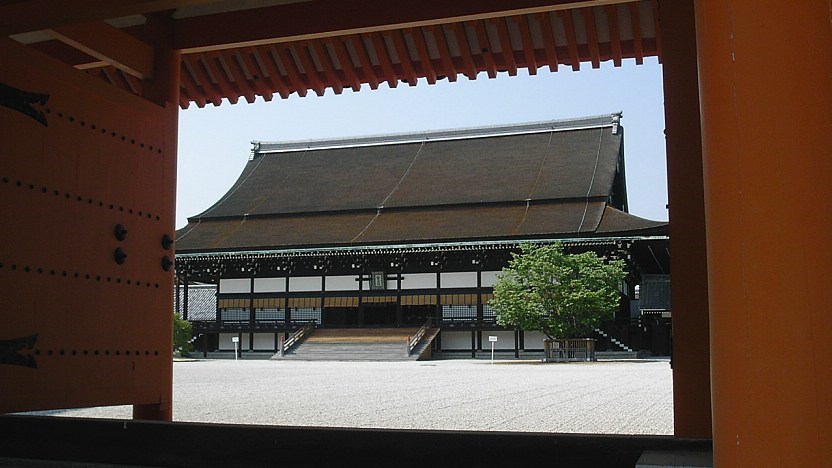
Castles
The civil war also gave the impetus for the construction of castles. Initially built for purpose of fortification, the castles became the center of government and status symbols for the provincial lords as war drew to an end and Japan was reunited in the late 1500s. Hundreds of castles used to stand across the country, but due to wars, natural disasters and past governments' policies to limit their numbers, today only twelve castle keeps survive from the feudal era, while a few dozen others have been rebuilt in the 20th century.
The primary material for castle construction used to be wood, but most of the rebuilt castles were constructed using ferro concrete, and thus they look authentic from the outside but not from within. Two of the best original castles, i.e. castles that survived the post-feudal years, are Himeji Castle and Matsumoto Castle.
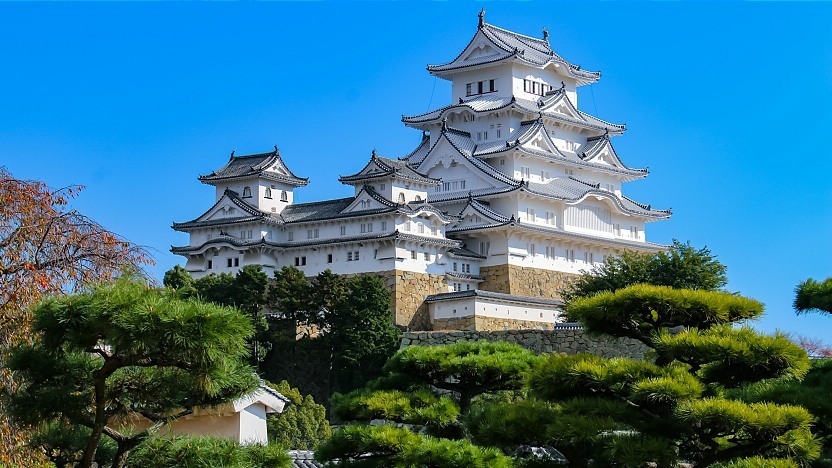
Samurai residences
During the Edo Period (1603 - 1867), the samurai were required to reside in the castle towns that surrounded the castles. The grandeur of a samurai's house was determined by his rank in the hierarchy. Strict regulations had to be followed; for example, the size of the pillars and the type of gates to be used were pertained by status. While higher ranking samurai lived closest to the castle in large houses with spacious tatami rooms and gardens, lower ranking samurai had more humble residences further away from the castle.
Naturally, only the mansions of high-ranked samurai were preserved over time, and therefore they may not portray the picture of the average samurai residence. Nonetheless, they provide interesting insights to what a samurai residence looked like. Today, former samurai residences are best seen in cities which preserve some of their samurai districts, such as Kanazawa or Hagi. A few of them date back to the Edo Period.
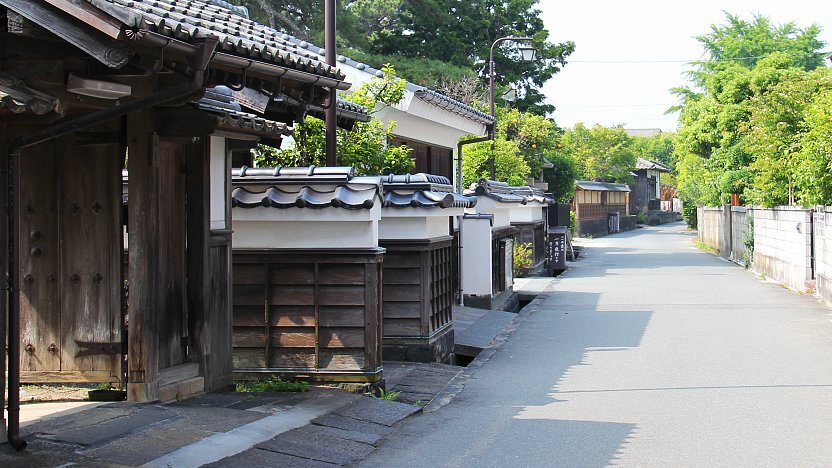
Townhouses
Townhouses were inhabited by craftsmen and merchants, further down the social ladder in the past. Many townhouses had relatively narrow facades but extended wide into the back because taxation was often based on road access. A typical townhouse had its store in front, the living quarters behind, and a storehouse (kura) in the back. Storehouses were fire-insulated with earthen walls to protect valuable goods from the threat of fires.
Several merchant districts exist today with nicely preserved townhouses, such as those in Takayama and Kurashiki. Some of the merchant houses open to tourists may resemble samurai residences. This is due to the tendency to preserve only the houses of the richest merchants, who towards the end of the Edo Period had become successful enough to design their houses in a style similar to that reserved for the samurai.
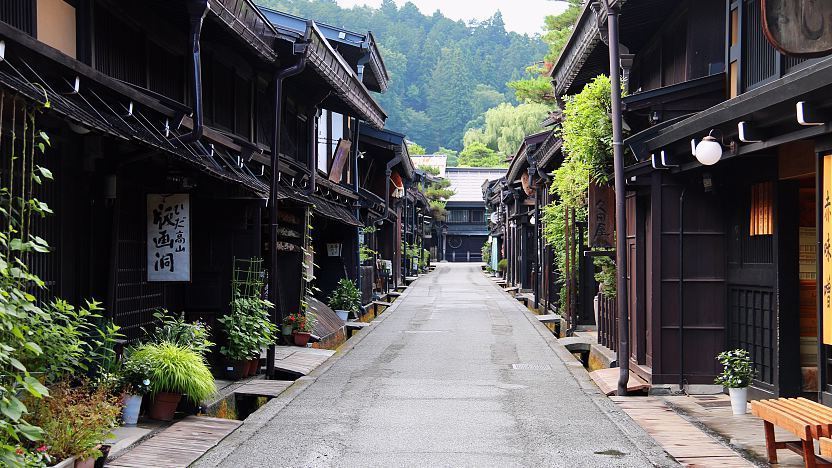
Farmhouses
Farmers made up the majority of Japan's population into the Meiji Period (1868-1912). Different farmhouse construction styles developed according to widely varying weather patterns. However, architectural similarities can be seen between dwellings across the country, such as the wooden facades, thatched roofs, sunken hearths (irori), earth floors for stable and kitchen, and living spaces on elevated wooden floors that may have included some tatami rooms in case of the more well-off families.
Farmhouses were the most numerous among the old buildings but were rarely preserved, and thus the remaining ones that we see today tend to be the more prestigious ones, such as those that belonged to village heads or those in remote locations such as Shirakawago and Miyama where entire villages have been preserved to a certain degree. Open air museums are also good places to see regional styles of farmhouses.
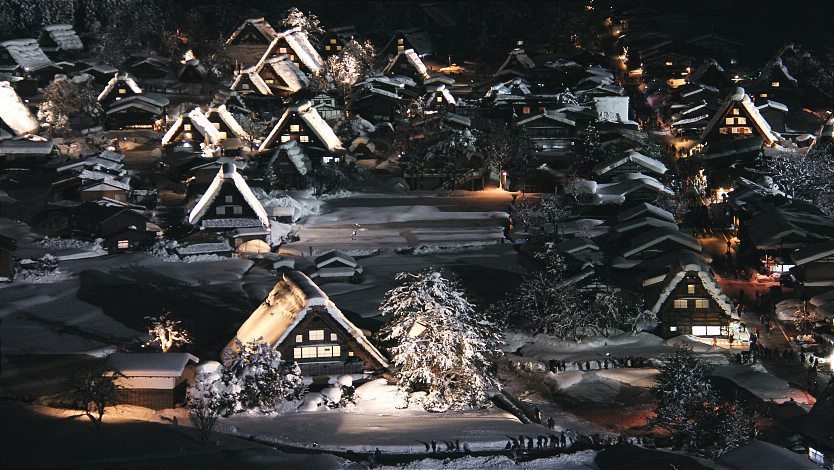
Meiji Period
The Meiji Restoration of 1868 saw an influx of Western concepts on almost all aspects of life, from clothes to food, entertainment to architecture. Brick buildings are legacies left behind from this era, and they can be found especially at the handful of port towns that were early opened to international trade, such as Yokohama, Kobe, Nagasaki, Hakodate and Moji.
The must-see destination for those interested in Meiji Period architecture, however, is the Meiji Mura, an outstanding open air museum in Inuyama near Nagoya that displays over 60 buildings from the Meiji Period.
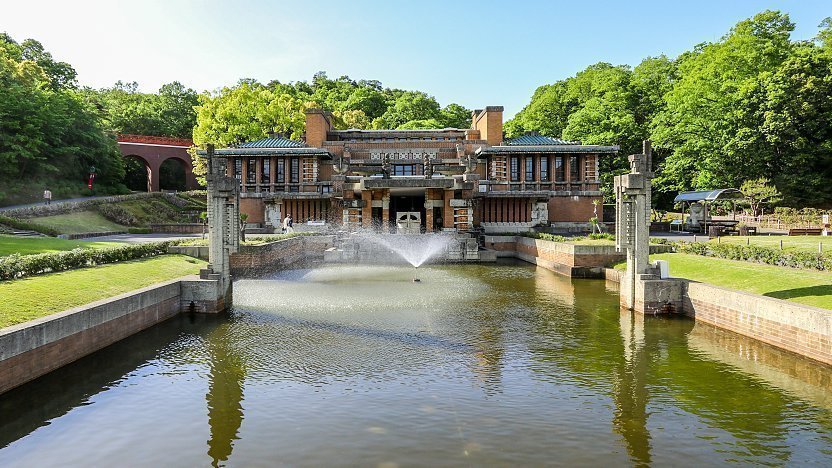
Modern
Japan is a hotbed for contemporary architecture with lots of eye-catching creations mainly in the leading cities, especially Tokyo. The growth of big cities has led to the appearances of skyscrapers and a variety of buildings exhibiting artistic imagination.
Many Japanese architects have made their mark on the international scene. Star architects include Ando Tadao, who has won numerous architectural prizes and has designed many buildings both in Japan and abroad. Multiple museums designed by Ando can be found on Naoshima, an island in the Seto Inland Sea that has become famous for contemporary art.
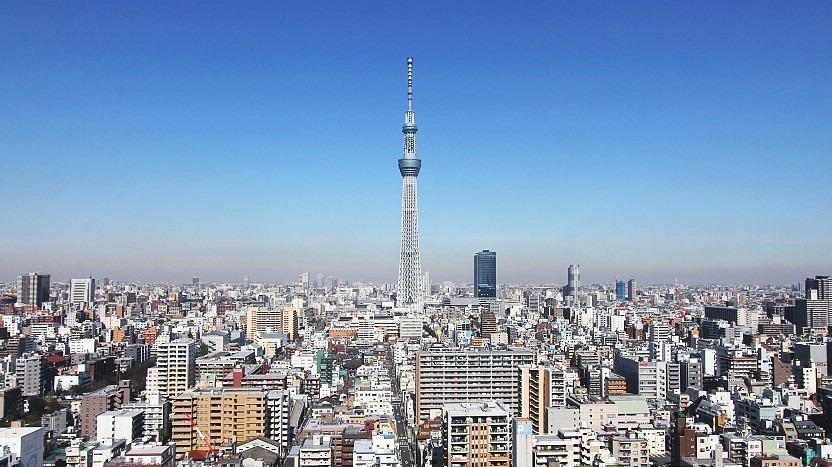
Questions? Ask in our forum.


